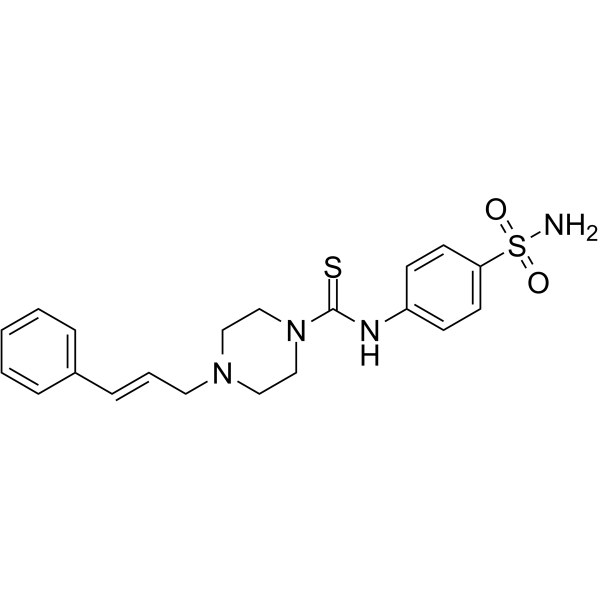| DC10888 |
SKL2001
|
SKL2001 is an agonist of the Wnt/β-catenin pathway, with anti-cancer activity. |
| DC12384 |
LF3
|
LF3 is a specific inhibitor of canonical Wnt signaling by disrupting the interaction between β-catenin and TCF4 with an IC50 less than 2 μM. |
| DC9880 |
KYA1797K
|
KYA1797K is a highly potent and selective Wnt/β-catenin inhibitor with IC50 of 0.75 µM (TOPflash assay). |
| DC10556 |
KY1220
|
KY1220 is a compound that destabilizes both β-catenin and Ras, via targeting the Wnt/β-catenin pathway; with an IC50 of 2.1 μM in HEK293 reporter cells. |
| DC9952 |
IQ-1
|
IQ-1 has many functions such as decreasing Wnt-stimulated phosphorylation, maintaining the pluripotency of murine ESCs, preventing PP2A/Nkd interaction and so on. |
| DC10680 |
iCRT3
|
iCRT3 is an inhibitor of both Wnt and β-catenin-responsive transcription. |
| DC3130 |
ICG-001
|
ICG-001 is a small-molecule antagonist of b-catenin/TCF-mediated transcription (IC50 = 3 uM) and specifically downregulates the expression of a subset of b-catenin/TCF-responsive genes. ICG-001 binds specifically to cyclic AMP response element-binding pro |
| DC7414 |
FH535
|
FH535 is a compound that suppresses both Wnt/beta-catenin and peroxisome proliferator-activated receptor (PPAR) signaling. |






















